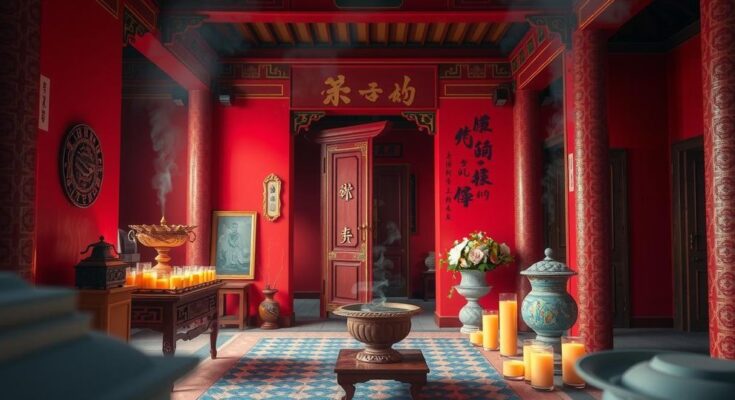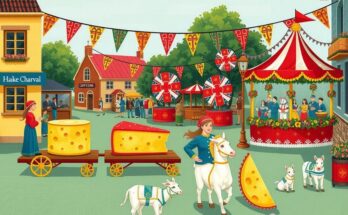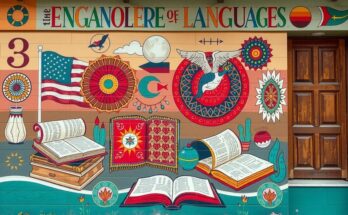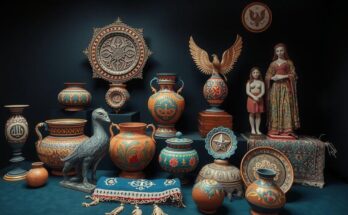In a vibrant red room perched above the historic Gates of Harmonious Interest, Mr. Leung diligently lights incense, candles, and prepares tea at the Tam Kung Temple. This cherished sanctuary, nurtured by the devotion of its keeper, concludes each ritual with a resonant clash of a gong and drum, summoning the ancestors to partake in their offerings. Observing this intimate ceremony, Hakka community members, Nora Butz and Gayle Nye, share warm smiles as the essence of tradition permeates the air.
The temple, whose roots extend back to the 1860s, originated when a Hakka miner erected a statue of deity Tam Kung in a modest roadside shrine. Nora Butz, president of the Yen Wo Society, recounts how this deity, revered as a protector of seafarers, was brought to Canada by early pioneers seeking gold. As the miners ventured into the unknown, the Hakka people ensured the safety of the statue, leading to the foundation of the Yen Wo Society in 1905 and the temple’s establishment in 1911.
Standing proudly at the top of 52 steps on Government St, Tam Kung Temple marks its place as Canada’s oldest Chinese temple, nestled in the nation’s oldest Chinatown, and proudly became a national historic site this February. In a bid to enhance its community presence, members are rallying for support to secure $50,000 to improve accessibility and continue cultural preservation efforts through the Next Great Save initiative, where public votes are crucial for success.
“It’s really important that we try and keep this alive. It’s our culture, it’s our heritage,” Butz emphasised. With a profound history that spans over 150 years, the temple’s preservation is vital, unveiling its rich narrative to a broader audience. The funding would ensure the safeguarding of unique artifacts, enrich educational ventures, and fortify community ties through diverse programmes.
As the temple approaches its 150th anniversary, plans are unfolding to create a reception and interpretation centre, welcoming a new generation and a diverse populace to appreciate its heritage. Volunteer Gayle Nye highlights the centre’s role as a gathering point for cultural exchange and learning, fostering understanding of Chinese Canadian history and its significant contribution to British Columbia’s growth.
Through the Next Great Save, a total of $65,000 will be awarded in cash prizes, with $50,000 allocated for the grand prize, alongside runner-up incentives to revive historic sites across Canada. Currently, two projects representing British Columbia are vying for this funding, with O’Keefe Ranch in Vernon being the other.
Voting is open globally, allowing supporters to cast their votes each day online until April 17 at https://nextgreatsave.nationaltrustcanada.ca/2025/.
Mr. Leung tends to the historic Tam Kung Temple, established by Hakka miners in the 1860s in Victoria. The temple, now a national historic site, seeks $50,000 through public voting in the Next Great Save initiative for enhancing accessibility and education. Hakka community members, including Nora Butz and Gayle Nye, stress the importance of preserving cultural heritage as the temple nears its 150th anniversary.
The Tam Kung Temple serves as a vital link to Chinese Canadian history, celebrating rich heritage and fostering community ties. With a pressing need for support, members are calling for votes in the Next Great Save initiative to secure funds for necessary renovations and educational programs, ensuring its legacy endures for generations. As the temple approaches a significant milestone, it underscores the importance of cultural preservation in a rapidly evolving society.
Original Source: www.sookenewsmirror.com



